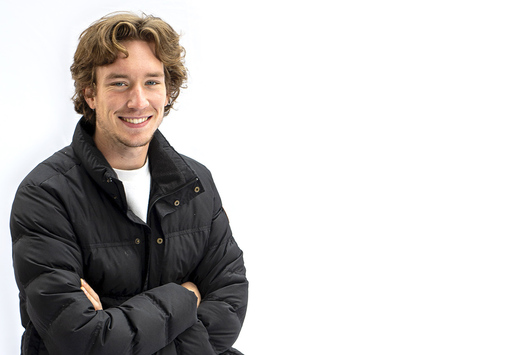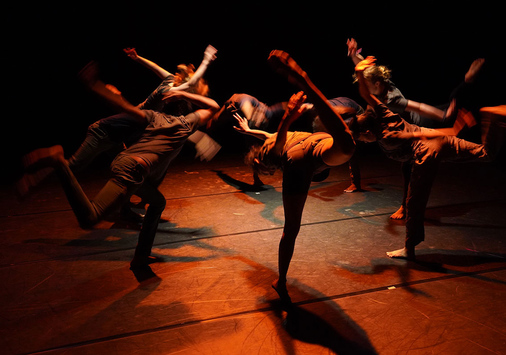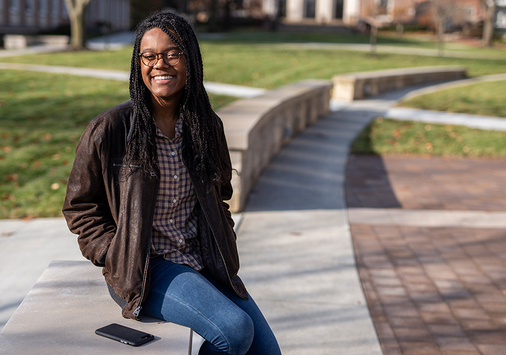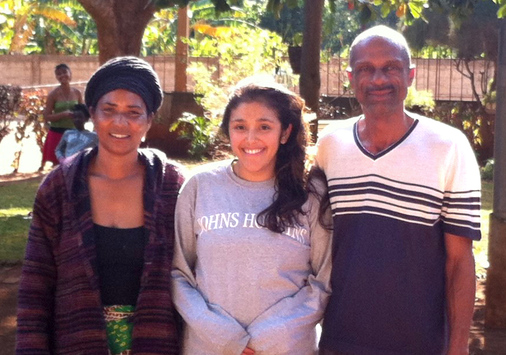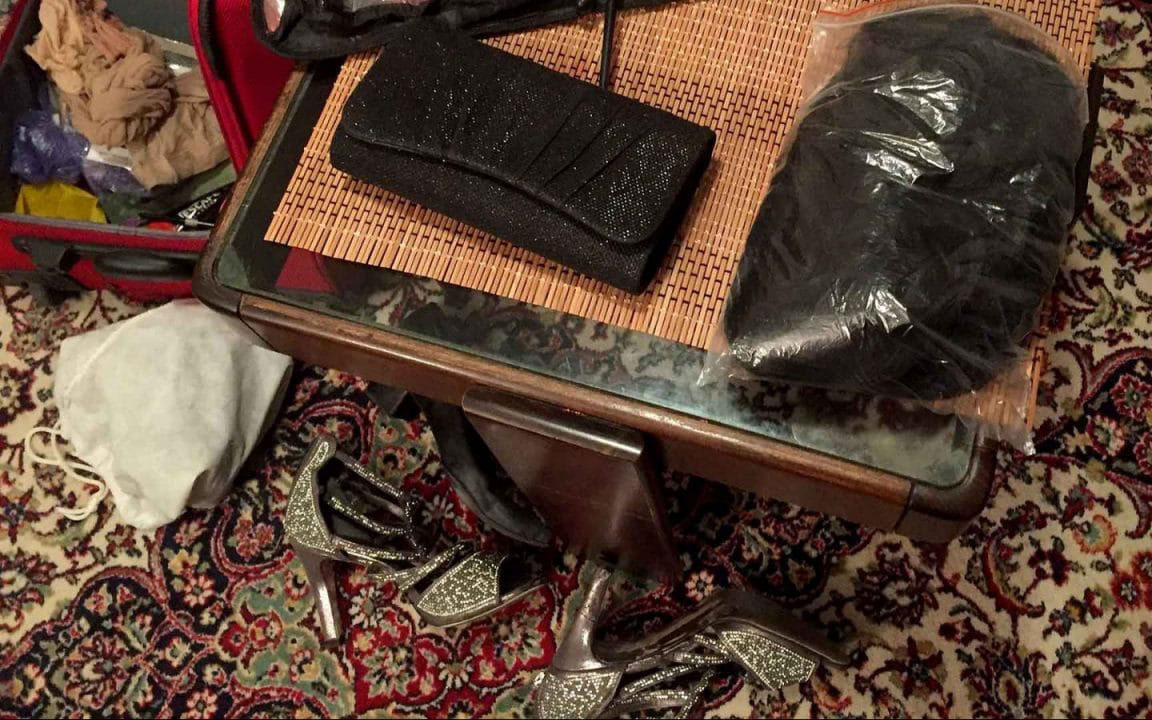
In an article published in Balkan Insight, Monica Starr ‘20, an International Studies major, Communication minor, with a Narrative Journalism Concentration, finds that drag kings and queens have established a foothold.
Read an excerpt from her article, with a link to the full article below:
Socially conservative Serbia might not seem a natural stage for gender-bending performance artists – but a new generation of drag kings and queens is determined to make its presence felt.
When Zoe Gudovic isn’t fighting for women’s rights or teaching a theater class, she is performing as a drag king named Zed Zeldic Zed.
Zed has a dark moustache and a nasty tongue. “I like, in this life, to provoke,” Gudovic, 41, a lesbian “art activist” says.
Zed is one of the very few drag kings to perform in Serbia, and in the Balkans in general, and sets out to be provocative.
“Zed is very dominant, macho, kind of an asshole,” Gudovic says. “He is an ordinary Balkan guy. He thinks he is allowed to do anything. He can pee on you, spit on you, tell you ugly words without any consequence. Zed thinks women are made for men. In that sense, he is not so different from any other man.”
Zed only exists on stage; off-stage, Zoe is in charge. With short blonde hair shaved off on one side and a wide grin, Zoe exudes energy. She has a passion for theater and did her master’s on feminist art in the public space. Drag is one way in which she expresses herself.
Drag is a visual art form that plays with gender, sexuality, and power. Typically associated with the LGBT community, modern drag mostly contains drag queens: typically gay men adopting female personas who then perform lip syncs, dances or skits in front of an audience.
But women are increasingly getting involved in drag as well. The number of drag kings – women performing as men – is growing.
However, it is a surprise that socially conservative Serbia has a drag scene at all.
“The LGBTQ+ group here is one of the really marginalized groups,” said Marko Milosavljevic, 27, a programming assistant at the Youth Initiative for Human Rights, an NGO dedicated to reporting on human rights violations and campaigning for fair laws.
In 2001, the first Belgrade Pride parade ended in violence. Subsequent attempts to stage parade resulted in cancellations and riots.
Sandals and glitter – an inevitable part of any drag performance.
“Homophobia in Serbia was deeply rooted in the 1990s, when a huge stigma was built up through the government-controlled media, and when being gay was the worst thing somebody could be,” recalls Marko Mihailovic, 25, a Regional Program Assistant at Civil Rights Defenders and member of the organizing committee of Belgrade Pride.



